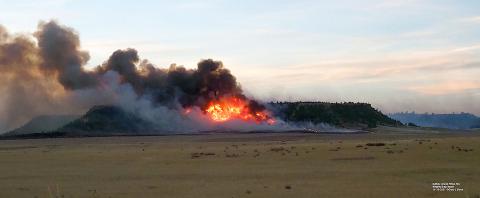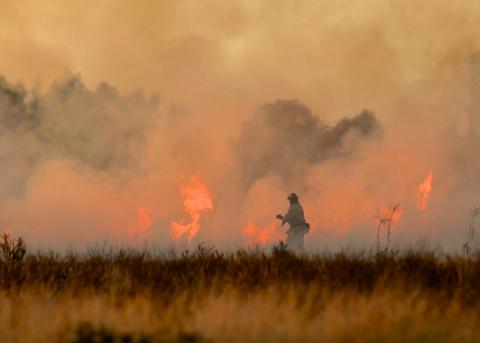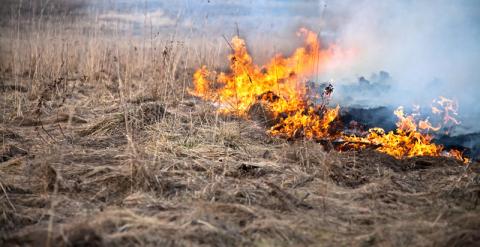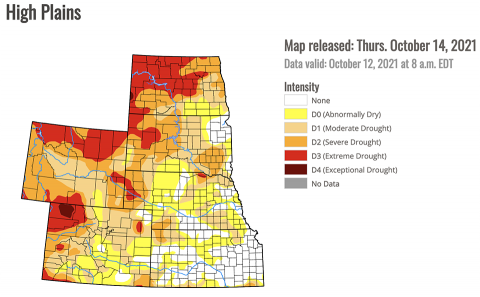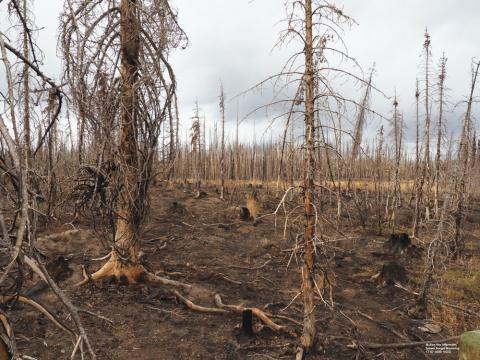FAQ for Wildfire Damage to Crops and Range/Pastureland
February 29, 2024
With wildfire recovery efforts underway, Nebraska Extension educators share insights on how to proceed with the 2024 growing season.
USDA Disaster Assistance Workshop for Producers Impacted by Wildfires Set for May 5 in Cambridge
April 29, 2022
Representatives from USDA FSA, NRCS and Risk Management Agency will present information on disaster assistance programs and resources available for farmers, ranchers and rural landowners.
Assistance Programs for Nebraska Producers Recovering from Wildfires, Drought
October 23, 2024
There are numerous organizations that offer assistance to farmers and ranchers for recovery from natural disasters, from hay and forage for livestock to help with planting and harvesting crops.
USDA Designates 10 Nebraska Counties as Primary Natural Disaster Areas
April 29, 2022
Ten primary counties and 16 contiguous counties have been designated as natural disaster areas to allow producers access to emergency loans for recovery efforts.
USDA Offers Disaster Assistance to Nebraska Farmers and Livestock Producers Impacted by Drought, Wildfire
April 26, 2022
USDA has technical and financial assistance available to help Nebraska farmers and livestock producers across the state recover from recent wildfires and ongoing drought.
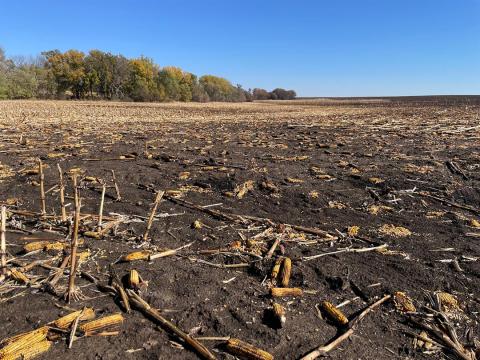
Fire Damage and Crop Residue Impacts
October 23, 2024
Extension Educator Jenny Rees shares insights on the nutrient value of crop residue and soil impacts following fires and dry conditions across the state of Nebraska.
USDA Designates Four Nebraska Counties as Primary Natural Disaster Areas
October 14, 2021
Chase, Dundy, Hayes and Hitchcock counties were designated as primary natural disaster areas due to prolonged or extreme drought intensity throughout the growing season. Several other counties were also named as contiguous counties eligible for aid.
Mullen and Cameron Peak Wildfires and Their Potential Effect on Nebraska Ag
November 12, 2020
The wild fires that took place late this summer and early fall, located in Colorado and Wyoming, are almost completely controlled, but they still might affect agriculture throughout Nebraska during the next growing season and for years to come.
